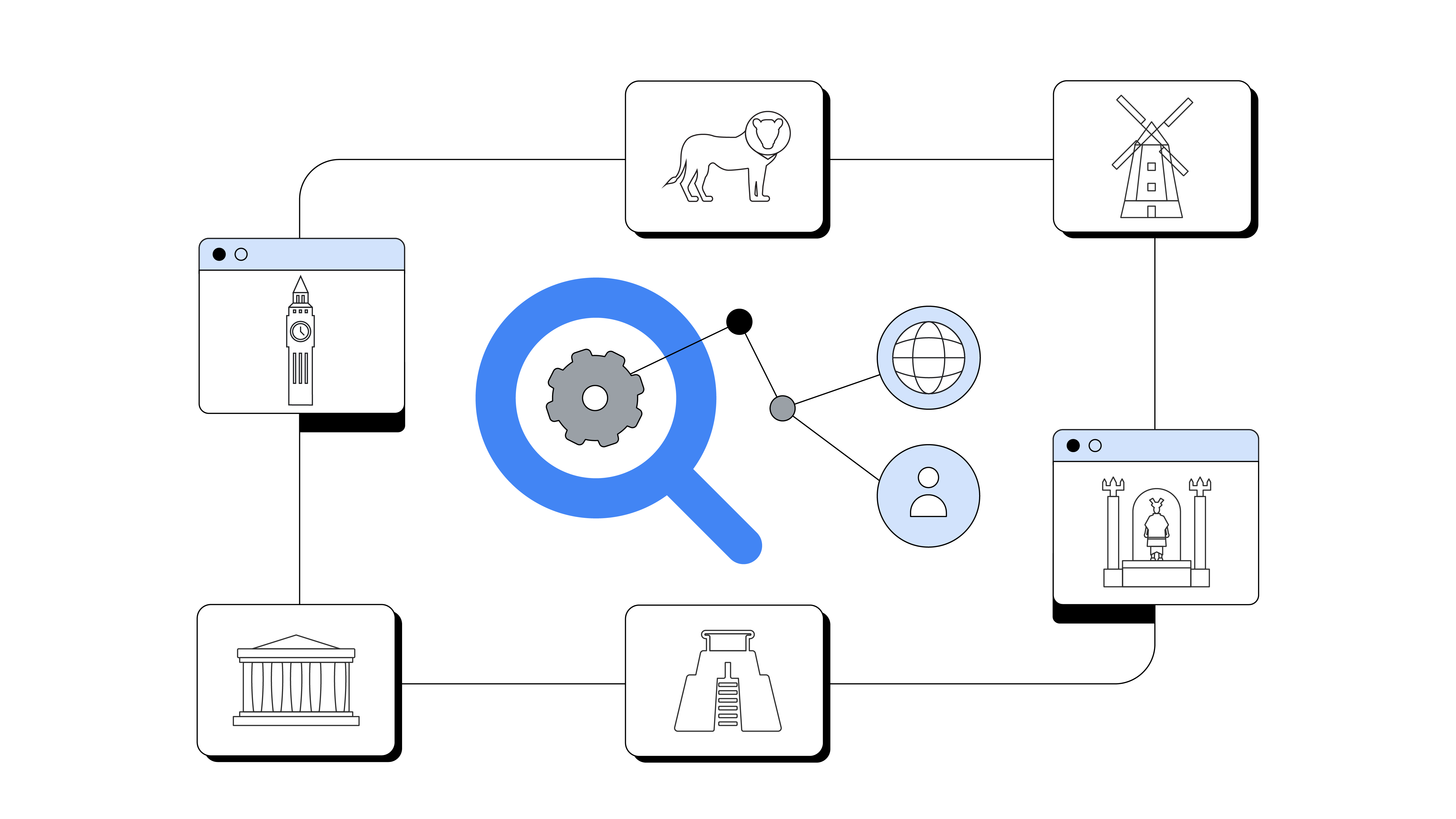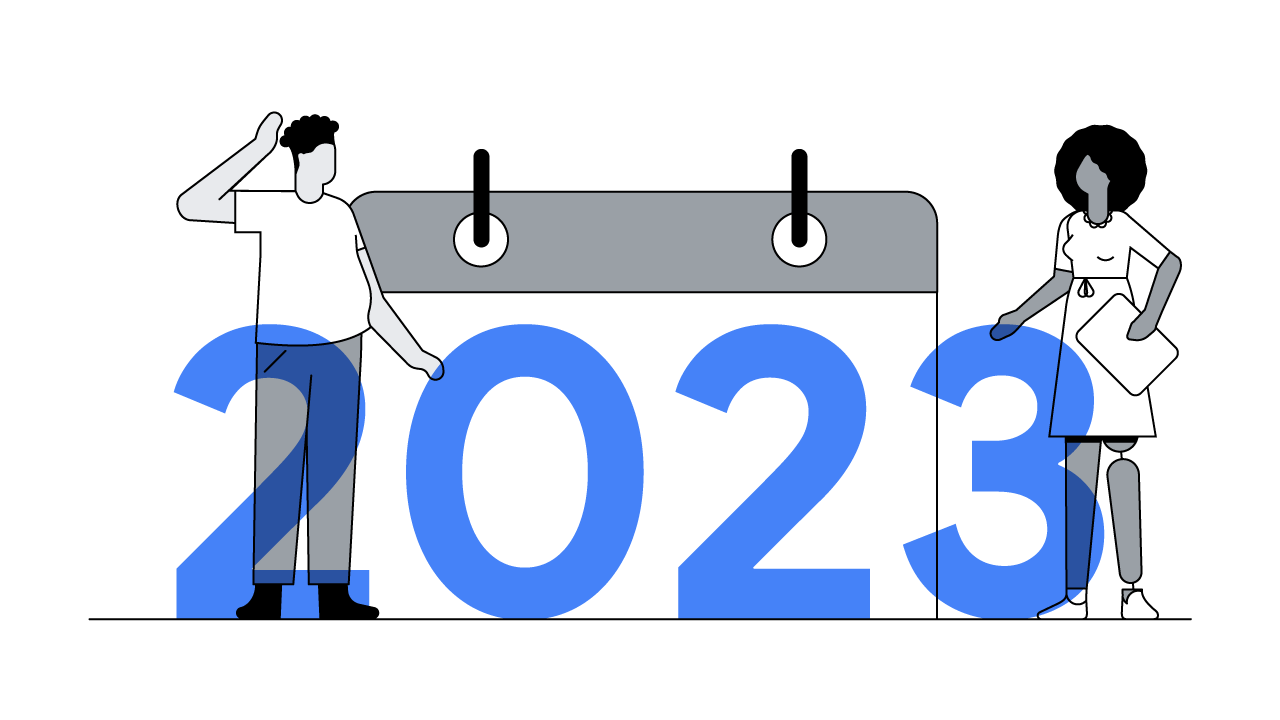Get the most of out paid video views with TrueView. Explore Mastheads, Bumper ads, and Google Preferred to find the right ad format for your brand. Target your audience effectively.
TrueView
Paid advertising with TrueView ads can ignite sharing and accelerate audience building. TrueView gives viewers the choice to watch your ad or skip it, allowing you to reach the people who are most interested in hearing from your brand. You only pay when viewers watch or interact with elements of your video. In measuring over 19,000 campaigns globally, TrueView drove significant lift in Ad Recall of over 20%.1
Advantages of TrueView Ads
- It's a win-win: Viewers have the choice to watch, and you get more views from an audience you know is interested. And because you choose what you want to pay for a view, you get the right audience at the right price. Unlike cost-per-impression pricing, you won't need to pay every time your ad is shown.
- Freedom to customise: You can run videos longer than 30 seconds, so you can experiment with different formats. Try longer product demos, customer testimonials, or How-to videos demonstrating your product in action.
- Broad reach: TrueView ads can appear on both YouTube and other publisher sites in the Display Network. Note that video content for TrueView ads must be hosted on YouTube.
- The ripple effect: Each new video you promote using TrueView drives interest in your past content. After posting a new TrueView video, brands see views of previously existing content increase by up to 500%.2
- On average, viewers who completed TrueView ads are 23x more likely to share the video, visit or subscribe to the brand’s channel, or watch more videos by the brand.3
TrueView Discovery Ads
Use this format to promote a video in places of discovery across YouTube, including next to related YouTube videos, as part of a YouTube search result, or on the YouTube mobile homepage.
- TrueView discovery ads consist of a thumbnail image from your video along with some text. While the exact size and appearance of the ad may vary depending on where it appears, discovery ads always invite people to click to watch the video. When clicked, the video ad plays on the YouTube Watch page or on your channel page.
- You’ll be charged only when viewers choose to watch your ad by clicking the thumbnail.
TrueView In-Stream Ads
Use this format to reach audiences on YouTube, Google Video Partners and across the Google Display Network. TrueView in-stream ads appear as pre-roll before other video content.
- In-Stream ads play before, during, or after other videos. After 5 seconds, the viewer has an option to keep watching or skip it.
- You’ll be charged only when a viewer watches 30 seconds of your video (or watches for the duration, if it’s shorter than 30 seconds) or interacts with your video, whichever comes first.
Takeaways
- TrueView ads give viewers the choice to watch or skip. And you, the advertiser, only get charged when they choose to watch.
- TrueView discovery ads populate search pages, while In-Stream ads run before, during, or after other videos.
Get The Most Out Of Ad Formats
Extend the reach of your campaigns with bumpers, Mastheads, and Google Preferred advertising. They’re wildly different formats: bumpers keep it short, Mastheads aim for massive reach and high visibility, and Google Preferred pairs your ad with the top 5% most popular channels. Each one allows you to find new ways to reach your audience and drive engagement.
Bumper Ads
Bumper ads are short-form videos designed to reach more customers and increase brand awareness with short, memorable messages.
- Bumper ads are 6 seconds or less and play before, during, or after another video. Viewers don’t have the option to skip them.
- You pay based on impressions. Bumper ads use CPM (cost-per-thousand impressions) bidding, so you pay each time your ad is shown 1,000 times.
- In measuring over 80 campaigns globally, bumper campaigns drove a significant lift in ad recall of over 35%.4
Masthead
Reach your audience at the front door of the world’s #1 video site. The YouTube Masthead reaches more unique viewers than US primetime TV, and the homepage is where video discovery begins. The masthead ensures that your video will be seen.
- Drive user engagement beyond video views. Brands see a 64% increase in search activity across search engines and a 133% increase in website visits.5
- Be the first ad users see when they come to YouTube, either on desktop or mobile.
- Deliver campaign insights through unique reach reporting and a YouTube social lift analyses.
- Use the Video Masthead Preview Tool to see what a Masthead could look like featuring your own YouTube video.
Google Preferred
Google Preferred aggregates channels amongst the top 5% of YouTube into easy-to-buy packages for advertisers, offering access to the most popular YouTube channels with the most passionate and engaged audiences.
- Choose from various lineups—or packages of channels—across categories such as Beauty & Fashion, Comedy, and Foods & Recipes.
- Share your message alongside some of the most engaging and popular content on YouTube.
- In measuring over 800 campaigns globally, Google Preferred drove a significant lift in ad recall of over 40%.6
Takeaways
- Use bumper ads (6-second videos) to reach more customers and increase brand awareness.
- A YouTube Masthead takeover puts your video on the front page of YouTube, ensuring that your video will be seen.
- Google Preferred offers packages grouped by themes such as Comedy and Sports, giving you access to channels amongst the top 5% of content on YouTube.
Target Your Audience
Video ads run on YouTube and across the web through the Google Display Network, which reaches over 90% of internet users worldwide through 2 million sites and apps.7 By targeting your video ads on YouTube and the Display Network, you can advertise to people at the moments that matter to them. The targeting methods in this section can help you reach specific audiences based on who they are, what they're interested in, and what content they're viewing.
Targeting Methods
- Demographics:
Choose the age, gender, parental status, or household income of the audience you want to reach.
- Affinity audiences:
Reach people who are passionate about topics relevant to your brand based on their lifestyle, interests, and needs. YouTube offers more than 100 unique affinity audiences, such as Foodies and Gamers.
- Custom affinity audiences:
Create affinities that are tailored to your brand. For example, rather than reaching Sports Fans, a running shoe company may create a custom affinity to reach Avid Marathon Runners.
- In-market audiences:
Find customers who are actively researching or considering buying a service or product like those you offer.8
- Video remarketing:
Reach viewers based on their past interactions with your videos, TrueView ads, or YouTube channel. Use remarketing to target people who have shown interest in your brand or content. AdWords' custom combinations feature allows you to target users who have viewed your video but who have not yet purchased your products.
- Placements:
Target unique channels, videos, apps, websites, or placements within websites. These can include YouTube channels, YouTube videos, websites on the Display Network, and/or apps on the Display Network.
- Topics:
Target your video ads to specific topics on YouTube and the Display Network. This lets you reach a broad range of videos, channels, and websites related to the topics you select. For example, if you target to the "Automotive" topic, then your ad will show on YouTube to people watching videos about cars.
- Keywords:
Depending on your video ad format, you can show your ads based on words or phrases related to a YouTube video, YouTube channel, or type of website that your audience is interested in.
Takeaways
- Target your audience based on their interests and the kind of videos they’re viewing.
- Targeting methods such as Affinity Audiences make it easier to reach people who already have a strong interest in topics relevant to your brand.
YouTube’s Brand Care System
YouTube has strict policies that define what kind of content is permissible on YouTube and what kind of content is suitable for advertising. The Brand Care system combines these policies with technology that analyses a tremendous amount of videos on the platform with a team of people who can respond to issues quickly. These safeguards help you ensure that your ads are aligned with the right video content.
Flagged Content
- Videos that don’t comply with our Community Guidelines are removed based on user flags and policy review.
- YouTube reviews videos flagged by users 24 hours a day, 7 days a week, and typically responds to flags in less than an hour.
Classification
- YouTube classifies every video. This system is honed continuously based on human review, inputs, and algorithms.
- Based on our advertising policies and a video’s classification, YouTube determines if running an ad would be appropriate.
- If a creator allows ads to run on their video, that video must meet our criteria for monetisation.
Content Suitable for Your Brand
- A combination of brand care defaults and your optional exclusions determine which videos are suitable for your brand’s ads.
- Keep your ads off videos whose themes aren’t appropriate for your brand by excluding certain topics.
- Opt back into some kinds of content—such as videos rated for teen or mature audiences—if it’s suitable for your brand, or exclude more granular categories like sensitive subjects (war, disasters, scandals and investigations, etc.).
Takeaways
- YouTube classifies every video with labels and ratings according to topics and sensitive subjects, so you can choose to run your ad on videos that align with your brand’s identity and message—and keep it away from videos that don’t.
- YouTube’s policies about what videos can and cannot live on the platform also help determine which videos can be monetised. For more information, visit the YouTube Policy Centre.





